14 Essential Tips on How to Format Dialogue
Incorporating dialogue in your ebook is very important, especially for avid storytellers. But many a writer struggles with how to format dialogue within their writing. That’s how they end up making some less-than-stellar mistakes. This, in turn, makes their writing seem amateurish, and that’s what we’re here to avoid.

Today we will teach you everything you need to know about writing and formatting your dialogue. We will go over grammatical points, punctuation errors, and basic tips to help your dialogue sound better. As per usual, there will be examples throughout the post to show you what it should be like. So, without further ado, let’s go on to how to format dialogue!
This is the third installment in the what is a dialogue and how to write it series.
1. Use quotation marks
It goes without saying that the most important rule for formatting dialogue is using quotation marks. They naturally surround the phrases being spoken by each character.
However, one confusing part is whether to use single or double quotation marks. This in fact depends on whether you’re American or British. The most common use in American novels is double quotations “” for the spoken dialogue. For British literary works, single quotation marks ‘’ mark the spoken dialogue.
Let’s take a look at a British example first. It doesn’t get more British than Harry Potter by JK Rowling, naturally, so we’re going with Harry Potter and the Philosopher’s Stone.
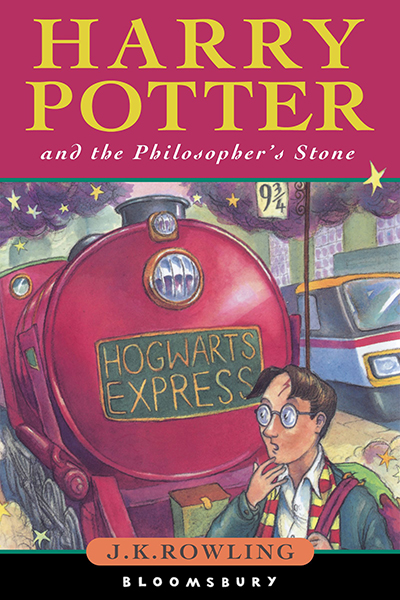
‘My dear Professor, I’ve never seen a cat sit so stiffly.’
‘You’d be stiff if you’d been sitting on a brick wall all day,’ said Professor McGonagall.
Now onto an American example, Furthermore, by Tahereh Mafi.
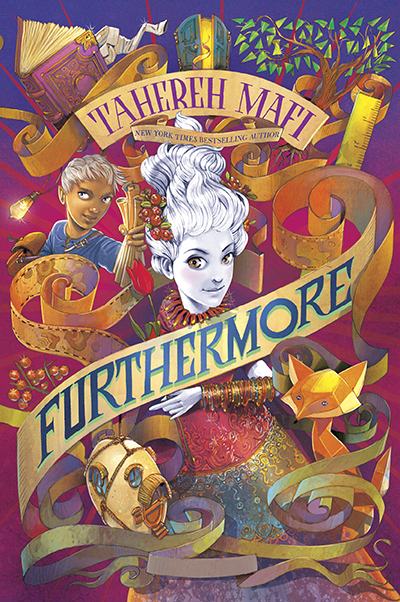
“Goodness, Alice, what are you doing?” he cried, shielding his face with his arms, anticipating the final blow. “It’s me, Oliver!”
Alice lowered her shovel, just a little, but she wasn’t ready to be ashamed of herself. “Who?”
Granted, there are times when it would depend on the publisher, but it still comes down to the chosen market. If you’re a non-native English speaker, you should be consistent with whatever type of English you’ll be using in your work. Keep in mind your target audience/market as well.
2. Put a Paragraph Between Each New Speaker
The second important rule when writing dialogue is to start a new paragraph for each speaker. Dialogue, especially when it gets long, can be confusing if you don’t give each speaker enough space. The reader needs to be able to separate who said what throughout the conversation.
Let’s take this example from Serpent & Dove by Shelby Mahurin. This chapter is from Reid’s point of view as he talks to Lou, hoping to get to know her.

“What’s your favorite color?” “Blue.” She rolled her eyes. “Boring. Mine’s gold-or turquoise. Or emerald.” “Why doesn’t that surprise me?” “Because you aren’t as stupid as you look.” I didn’t know whether to be insulted or flattered. She didn’t give me time to decide.
As you can see, it can be a bit annoying to try to figure out who said what here when it’s all rolled into one paragraph. Especially since the author didn’t use dialogue tags throughout the conversation. So let’s arrange it the way it was meant to be now.
“What’s your favorite color?”
“Blue.” She rolled her eyes.
“Boring. Mine’s gold-or turquoise. Or emerald.”
“Why doesn’t that surprise me?”
“Because you aren’t as stupid as you look.” I didn’t know whether to be insulted or flattered. She didn’t give me time to decide.
Isn’t this much easier to read?
3. Use Dialogue Tags
As we mentioned in our previous post, adding dialogue tags is an essential part of writing dialogue. The primary purpose of dialogue tags is to help the reader distinguish who the speaker is. Not only that, but dialogue tags can help readers imagine the tone of voice as well.
For example, the most basic use of a dialogue tag is ‘said’. While it might appear neutral, it still mostly implies evenness in the voice of whoever spoke it.
But if we go for something else, such as ‘cried’, the impression is different. The reader can imagine that the speaker had spoken in a loud, excited, or anguished tone. The same can be said with others such as ‘shrieked’, ‘yelled’, ‘screamed’, or ‘sobbed’.
Another example would be to use a tag such as ‘intoned’, which implies that the speaker’s tone had changed. So the impression given is of them dully reciting something or with a little rise in the pitch of their voice. Other similar words would be ‘recited’, ‘sang’, ‘chanted’, and ‘drawled’.
There are many other examples of dialogue tags and how they paint a picture all on their own. Check out this list for some more examples.
4. Add a Comma, Question Mark, or Exclamation Mark Before a Dialogue Tag
If you end the sentence with a dialogue tag, then the part between quotations should end with a comma and not a full stop. When it ends with a comma, we do not capitalize the dialogue tag that follows.
“Good morning,” he said.
While you can’t use full stops with dialogue tags, you can still use question marks and exclamation marks. The same rules will apply there as well, with the words following the quotation being in the small case.
“Hello!” she greeted.
“How are you?” his sister asked.
Naturally, if what follows is a name, it would have to be capitalized.
5. Use Single Quotation Marks For Quotes Within the Speech
When the speaker is quoting someone or retelling something as they speak, you should use single quotation marks within the conversation. That also includes explaining things in general.
Let’s take this example from The Screaming Staircase by Jonathan Stroud. In this scene, Anthony Lockwood is trying to work out the inscription on a necklace to tell his loyal employees.
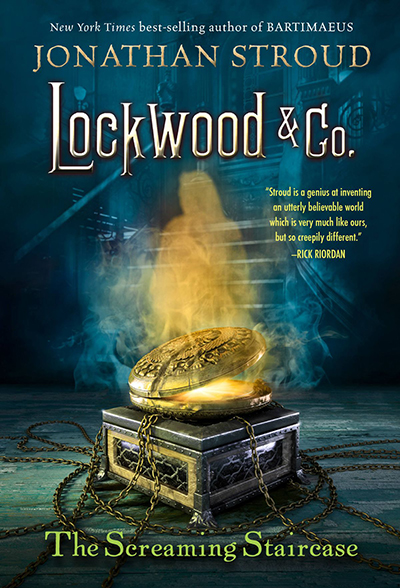
“Okay,” he said. “I’ve done the best I can. It’s ‘Tormentum meum, leatitiia mea,’ right? Well, tormentum means ‘torment’ or ‘torture.’ Laetitia equals ‘joy’ or ‘bliss’. Meum and mea are both ‘my’. So I translate the inscription in our locket as ‘My torment, my bliss.’” He snapped the dictionary shut. “Not the healthiest of love messages, is it?”
Here he’s quoting the meanings from the dictionary, as well as his own interpretation of the meaning of the entire sentence.
6. Use Em-Dashes for Interrupted Thoughts
When it comes to characters interrupting one another, the best way to showcase that is by using an em-dash in the middle of a speech. It doesn’t necessarily have to be mid-word, it can be wherever you want the conversation to be cut short.
Let’s take this scene from Ogre Enchanted by Gail Carson Levine. Wormy was in the middle of saying something to his best friend Evie when he was interrupted by someone asking her for help. However, the fairy Lucinda was a bystander and thought whatever he was saying was more important and asked him to continue.
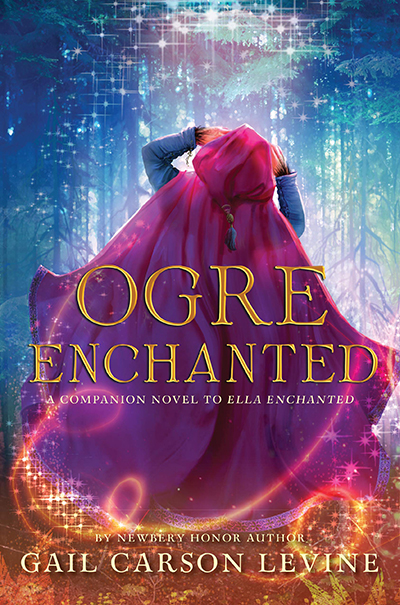
“Continue, Young Master.”
I remembered Aeediou. “Mistress, this must wait. Beg pardon. I have an injured—”
“I repeat: Continue, Young Master.”
How dare she?
Wormy said, “Mistress, there’s no hurry for what—”
Her voice gained volume.
“Continue!”
Wormy, thinking whatever he wanted to say could wait, was trying to explain that to Lucinda, but she wouldn’t have it. As you can see in this example, the author waited until the end of the word to cut it off short.
7. Use Em-Dashes for Changing Thoughts
There are other uses for em-dashes as well. For example, you can use an em-dash when a speaker starts to say something and then changes their mind.
This is another example from Ogre Enchanted. In this scene, Evie is at a loss on how to not scare her patient having undergone a transformation thanks to Lucinda and looking like an ogre.
If this was to be my shape, I had to ogrishly persuade people not to mind. “Friend…” Too raspy. I swallowed. “Dear friend… Beneath this…” This what? “… this odd exterior, I’m really—” I couldn’t say aloud who I actually was, even to myself. “I wouldn’t harm anyone.”
8. Use Ellipsis for Trailed Thoughts
Aside from interruption or a speaker changing their mind midway as they spoke, a speaker can also trail mid-conversation. For example, they can forget what they are about to say, or they can be hesitant over how to explain something. Not only that, but they can also insinuate something without needing to verbalize the entire sentence. If the meaning is easily understood, that is.
Let’s take this example from Truly Devious by Maureen Johnson.
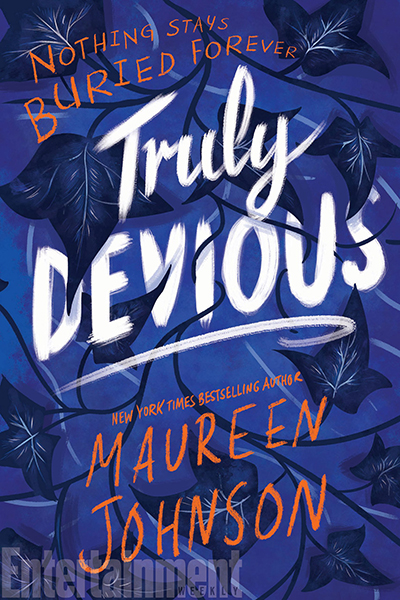
“Look,” her mom said quietly, “if you change your mind…”
Stevie gripped the side of her seat. “I’m not going to change my mind. We’re here. Almost.”
“I’m just saying…” her mother said, and then she stopped saying it.
9. Punctuation Inside Quotation Marks
In American English, when the dialogue ends with a period, question mark, or exclamation mark, the punctuation should be inside the quotation marks. That usually happens when there are no dialogue tags at the end of the sentence. Or when they come before the dialogue.
Here’s an example of all three in this scene from Passenger by Alexandra Bracken.
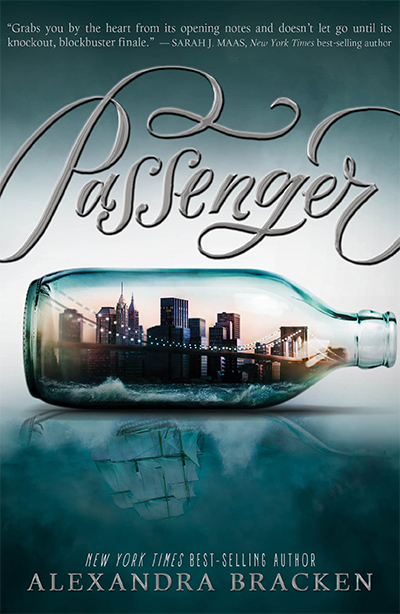
There was a knock at the door before Alice used her keys and announced her arrival with a cheerful “Hullo!”
“Now, get going,” Rose said, brushing a piece of lint off Etta’s shoulder. “I need a few minutes to change, but I’ll meet you over there.”
Etta stood, her throat still tight. She would have hugged her mom if Rose hadn’t stepped away and folded her arms behind her back. “I’ll see you there?”
“I’ll be right behind you, I promise.”
10. Short Sentences Over Run-On Sentences
Dialogue should be written to resemble a naturally flowing conversation. That is something we’ve mentioned before. So, it goes without saying that we don’t usually talk in full sentences. Not only that, but our conversations also don’t tend to drag. That is why we should write dialogue the way we talk. Preferably, not in long sentences. In fact, the smaller, easier to read, the better.
Let’s take this scene for example from My Plain Jane by Cynthia Hands, Jodi Meadows, and Brodi Ashton. The main character, Jane, has just seen the Society members trap a ghost in a pocket watch. She’s now telling her friend, Helen, all about it.
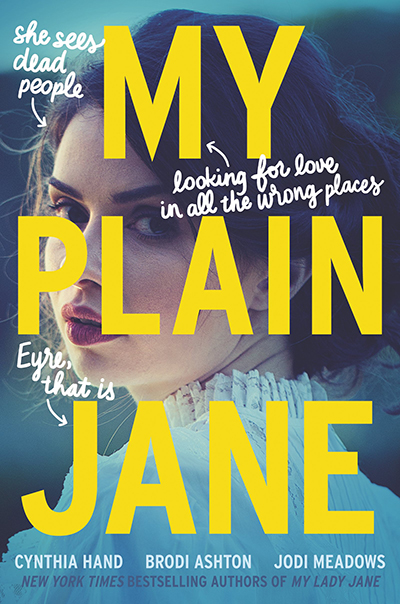
“So the Society can do all the things the papers claim,” said Helen after Jane had finished talking.
“They can.” Jane kicked off her shoes and began to struggle out of her various layers of repressive clothing. “And they’re cruel. They didn’t even bother talking to that ghost much. They were simply intent on capturing her. And she wasn’t so very troublesome…” Jane recalled the brandy glass smashing against the wall. The clock. The jar of pickled eggs. “Well, she did need help. But she didn’t deserve to be trapped in a pocket watch.”
“A pocket watch. How awful,” Helen said with a shudder. “It must be so cramped. And think of the ticking.”
As you can see, the sentences can be long or very short. They don’t also need to be full sentences or grammatically correct.
11. Add a Period With Action Beats
Action beats are small descriptors that accompany the dialogue. They often help readers imagine the scene better. They describe whatever the speaker was doing as they spoke, or describe the way they spoke.
Take a look at these examples:
“You don’t get to talk to me like that in my own house,” he said, angrily.
This example showcases the speaker’s feelings.
“But I thought she was going to be arriving tomorrow,” she said with a frown.
This example showcases the speaker’s confusion and helps the reader visualize her facial expressions.
“Thank you for allowing me to stay here for now,” her friend said as she looked around the room.
This example shows the reader what the speaker was doing as she spoke.
12. Capitalize Dialogue Starting Mid-Sentence
If narration precedes the dialogue, a comma should come before the dialogue. The spoken part should then start with a capital letter.
This is often used to
Georgina looked at the stranger and asked, “Who are you?”
13. No End Quotations for Long Speeches
With long speeches, knowing where to add quotation marks can be confusing. An example of this would be when one character is explaining something to those around him. The first thing to do is to ensure you split his explanations into shorter, more manageable paragraphs.
The next thing to do is to add a quotation to the start of the paragraph, but not the end. Then do so for all the paragraphs, including the explanation. That way, the reader is still aware of the fact that it’s the same explanation and that the speaker is still talking. Once the speaker is completely done, you can add the end quotations there.
One way to avoid long speeches is to infuse some dialogue in the middle. Maybe add some interjections? Or add an action beat. The speaker can stop and take a sip of water, dry the sweat on their brows, or pace around the room. That way, there will be a break for the reader.
14. Put Only Spoken Dialogue Between Quotations
Last, but not least, is when to not add dialogue between quotation marks. That’s when the dialogue is an inner thought, rather than spoken out loud. In that case, you should depict the inner thought in italics rather than between quotation marks.
Here’s the last example, from Renegades by Marissa Meyer.
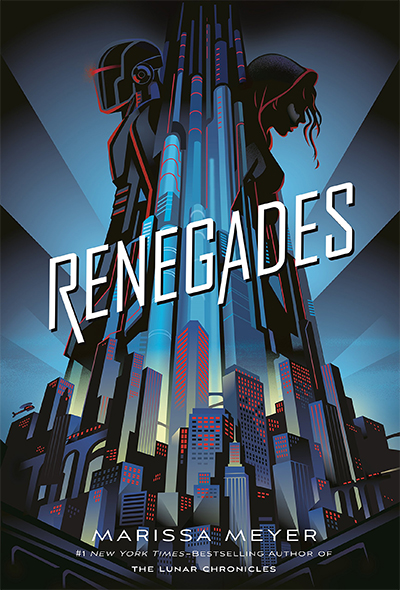
“What does that mean?”
Adrian cleared his throat.
Nova glared at him. “Top secret?”
He opened his palms apologetically. “We don’t make the rules.”
No, she thought wryly. Your family does.

Conclusion
Getting the hang of how to format dialogue might take some work. But if you follow these fourteen tips we mentioned, it will quickly come as second nature. Before you know it, you’ll be able to write beautiful dialogue that will entertain your readers and have them singing its praises!
Read more here.
How to Write Dialogue in a Book
What is a Dialogue and How Important Is It?
15 Successful Black Authors You Need to Know















